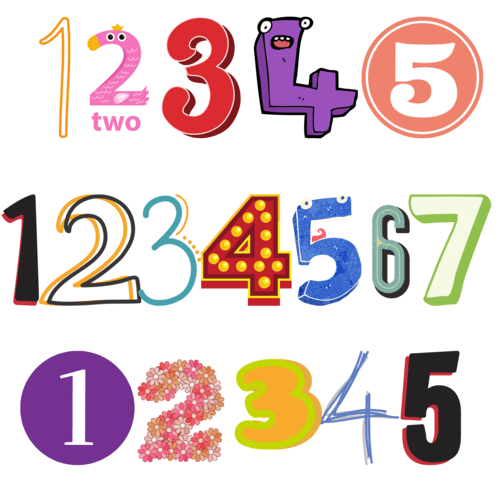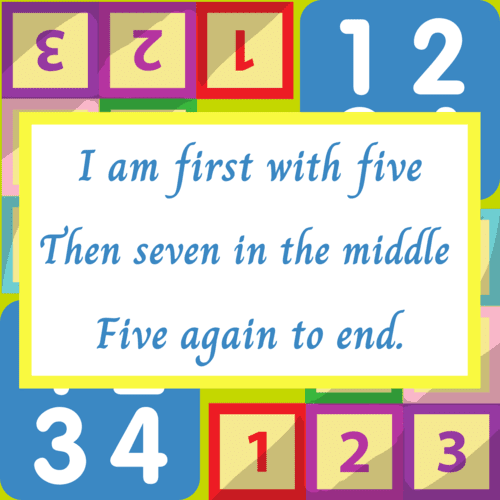Do you like poems?
How about short ones with math?
They’re fun and easy!
Haiku
Haiku is a form of Japanese poetry that consists of three lines. The traditional haiku pattern in English is to write the first and last lines with five syllables each, and the middle line with seven syllables. Here’s an easy way to remember:
Line 1: 5 syllables
Line 2: 7 syllables
Line 3: 5 syllables
Here’s another way to visualize the same thing:
Or you could memorize this haiku:
Many haikus are about nature, like the seasons or animals, but you can write a haiku about anything you want. The best part about haiku? They don’t have to rhyme!
All about Syllables
A syllable is a part of a word pronounced as a unit. It is usually made up of a vowel alone or a vowel with one or more consonants. The word “Haiku” has two syllables: Hai-ku; the word “introduction” has four syllables: in-tro-duc-tion.
When counting out syllables, listen to the beat within a word, silently tapping it out on the table. Usually, a syllable is marked by a vowel sound. “Butterfly” has three syllables (but/ter/fly). The word “cocoon” contains two syllables (co/coon). The word “exuberantly” has five (ex/u/ber/ant/ly). “Flight” has only one (flight).
If you have some trouble counting syllables, try this online tool by Rhyme Desk.
You can find some free haiku worksheets by Teachers Pay Teachers by clicking here.
Here are some more haiku for some inspiration!
You might find that you
Have taken to counting all
That you think and say!
Did you write your own haiku? If so, post it to social media with the hashtag #EWSTEAM. We might highlight it in a future blog!



